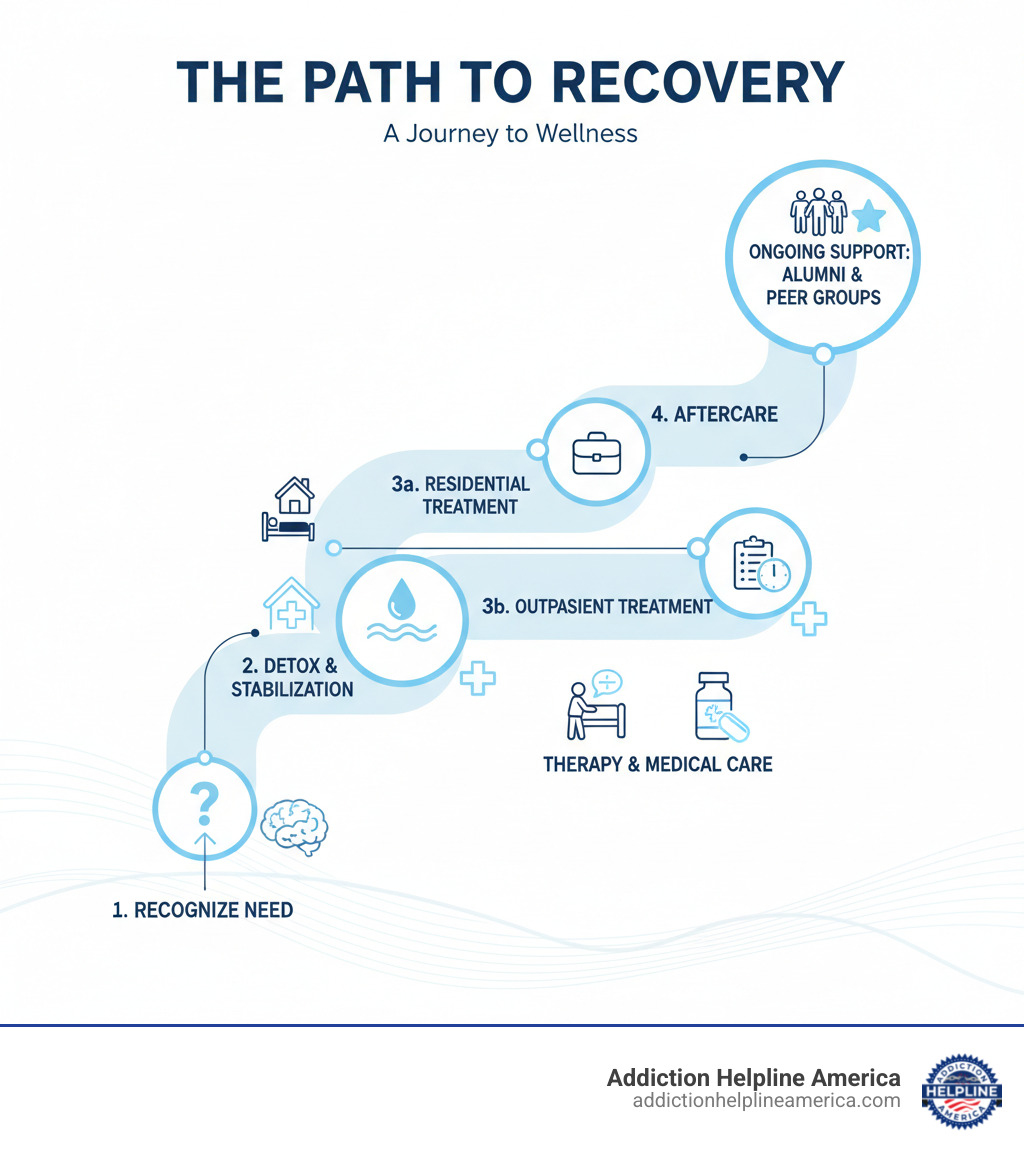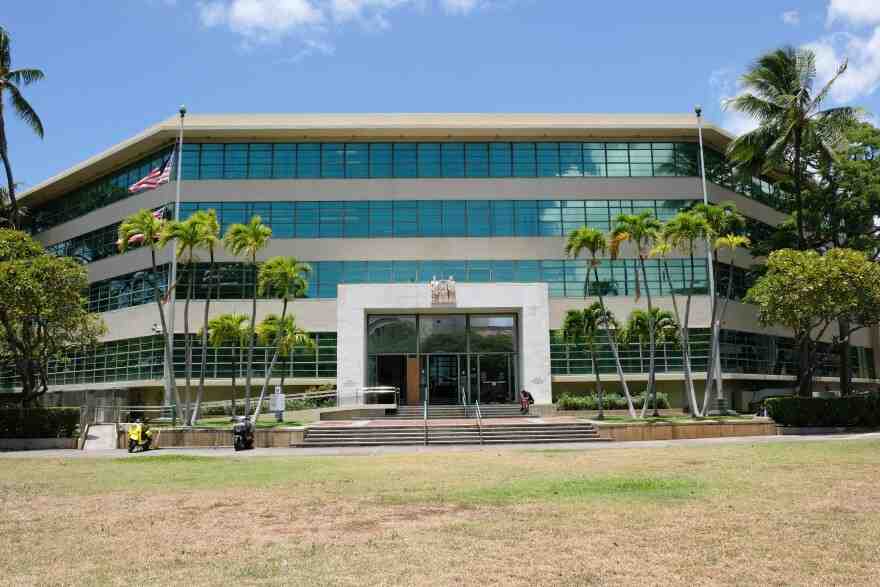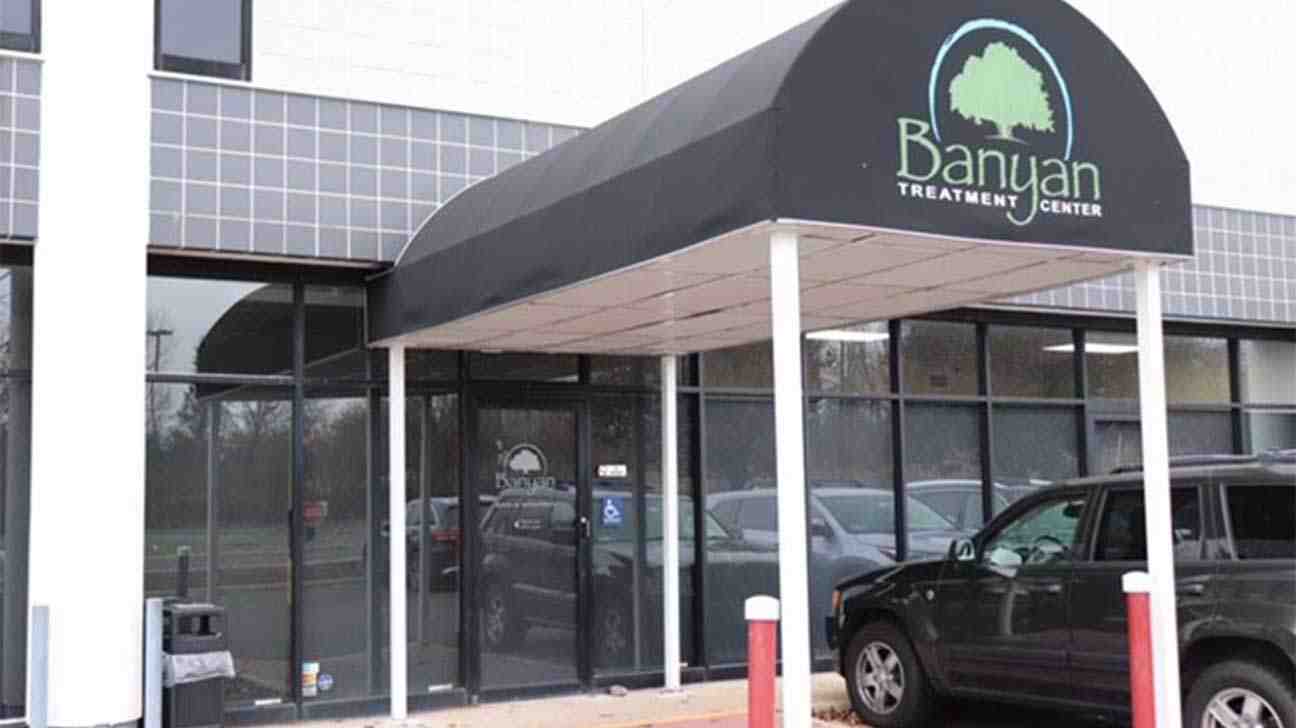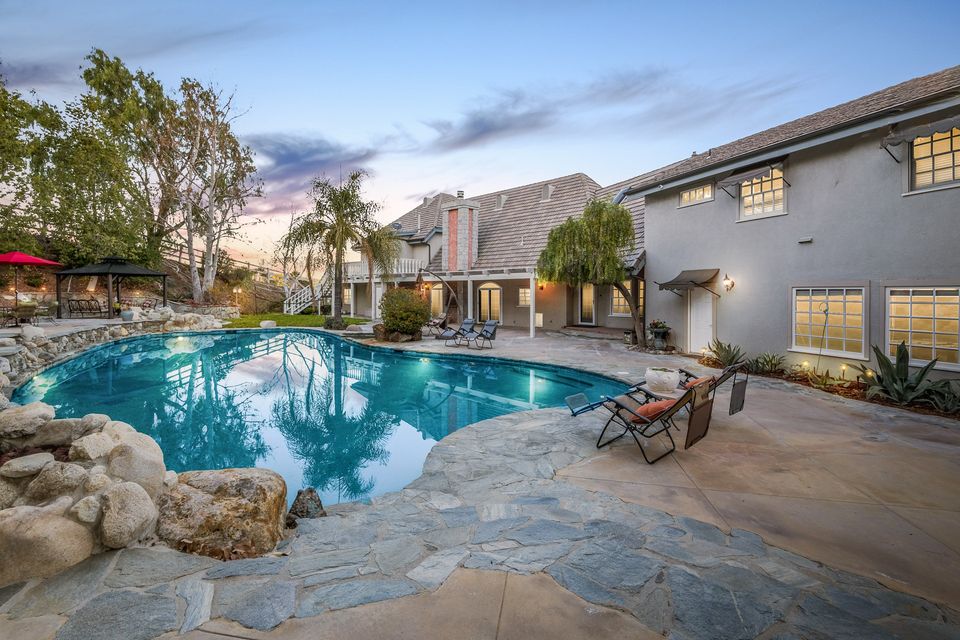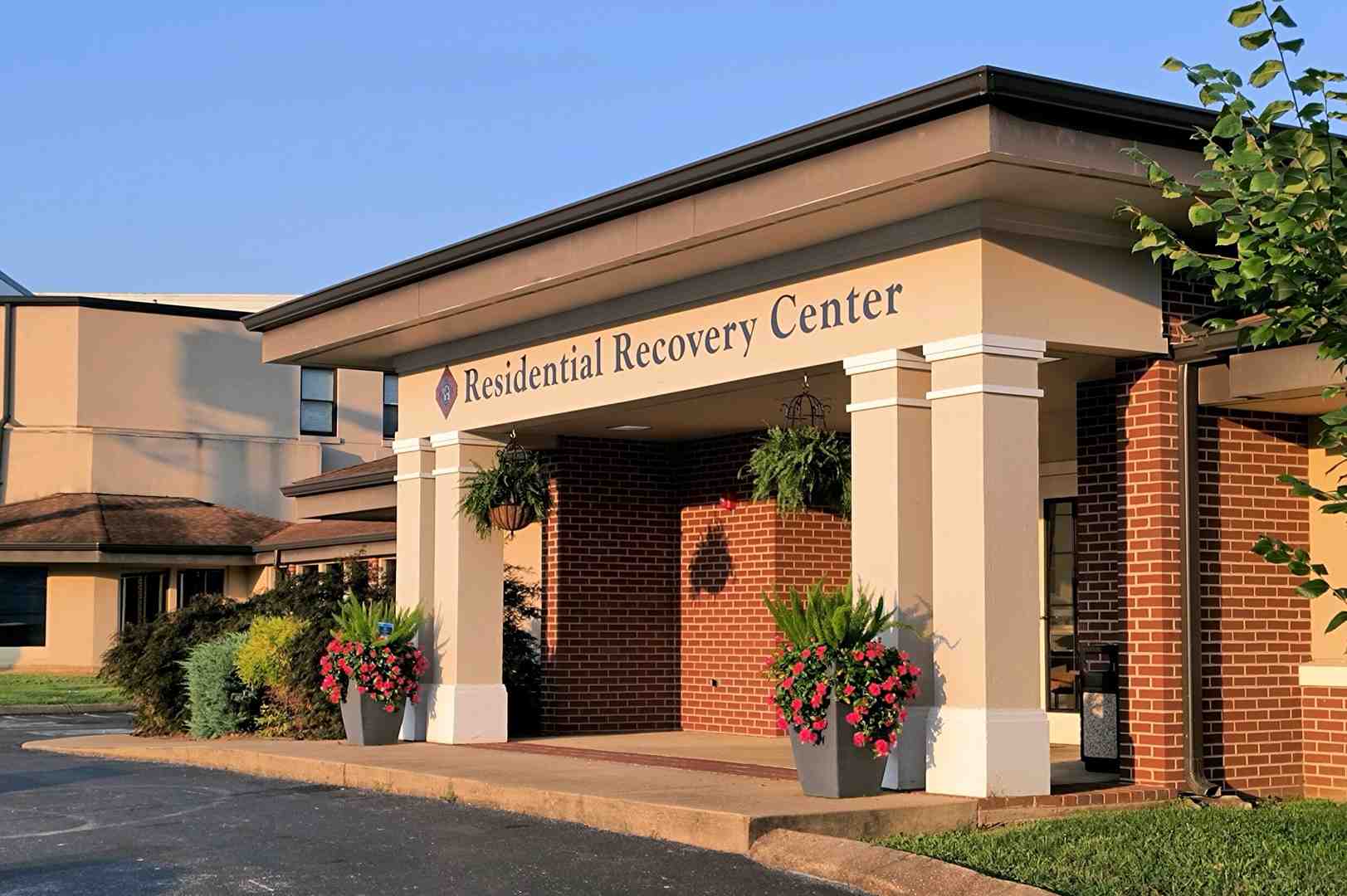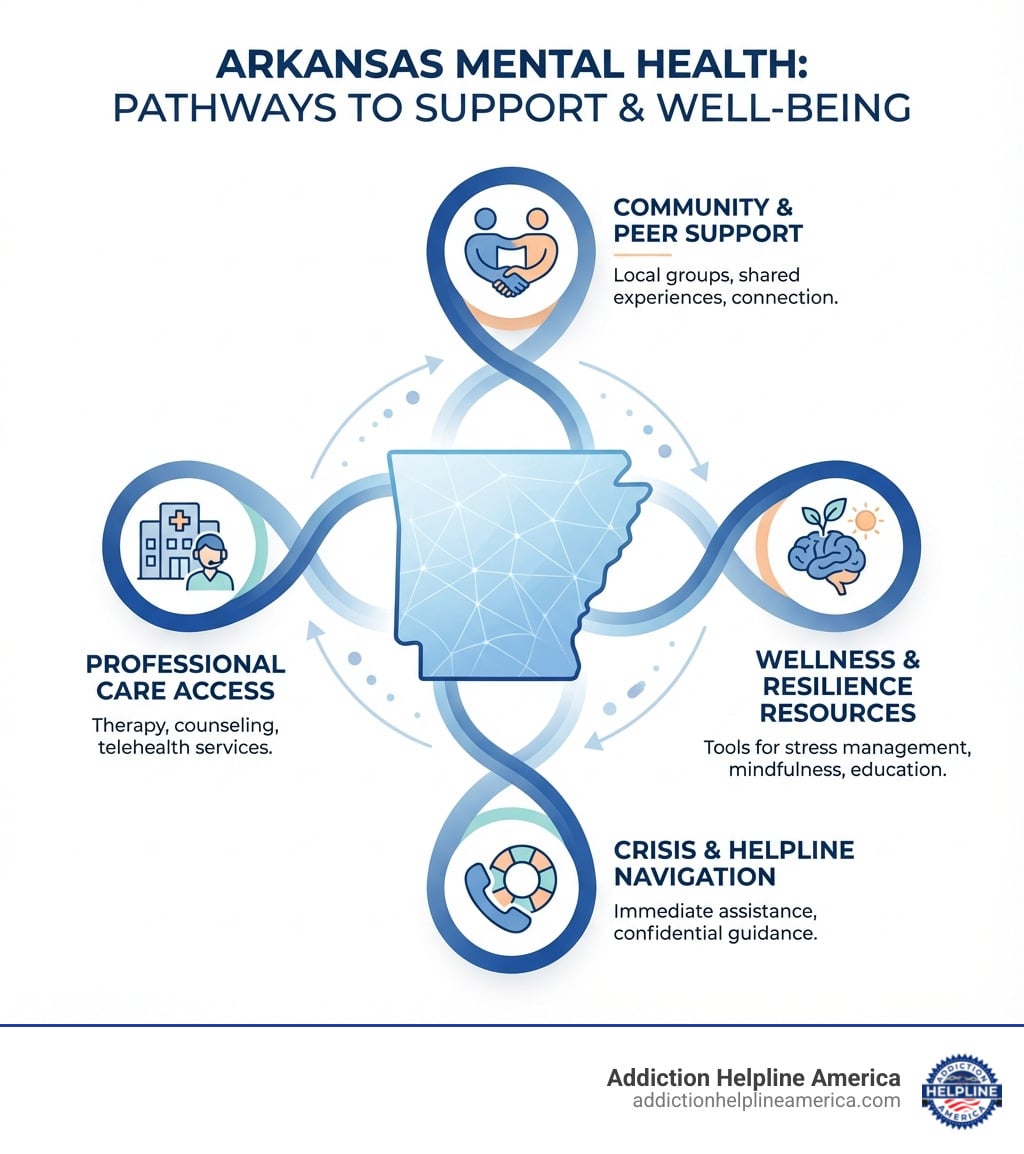
Your Path to Recovery Starts Here
Best rehab programs provide individualized, evidence-based treatment custom to your specific needs. They feature qualified staff, proper accreditation, and comprehensive aftercare support. The right program depends on factors like the type of addiction, co-occurring mental health conditions, your living situation, and budget.
Key factors in quality rehab programs:
- Accreditation – CARF or Joint Commission certified
- Medical supervision – Licensed physicians and certified counselors
- Evidence-based therapies – CBT, DBT, MAT, and trauma-informed care
- Customized treatment plans – Individualized to your specific needs
- Aftercare support – Alumni programs and relapse prevention
- Dual diagnosis capability – Treats addiction and mental health together
- Appropriate level of care – Inpatient, outpatient, or detox based on severity
The statistics are sobering: in 2022, nearly 108,000 people in the United States died from drug-involved overdoses, and relapse rates for addiction are 40-60%, similar to other chronic diseases. But here’s the truth: recovery is possible. With professional treatment and ongoing care, people overcome addiction every day.
Addiction is a complex disease, not a failure of willpower. It requires medical expertise and a structured, comprehensive approach. Choosing the right rehab program is one of the most important decisions you can make.
This guide will walk you through finding quality addiction treatment, covering the types of programs, what to look for in a center, how to manage costs, and what happens after treatment. Understanding your options is the first step toward healing. The best facility is one that aligns with your individual needs, lifestyle, and recovery goals.
At Addiction Helpline America, we connect individuals and families with the resources they need. Our experienced specialists have helped thousands find the best rehab programs that match their unique circumstances.
Understanding the Different Types of Rehab Programs
Addiction treatment exists on a spectrum of care, and the goal is to find a program that provides the appropriate level for your unique journey. From medical detox to flexible outpatient services, the continuum of care is designed to meet you where you are.
Medical Detoxification: The First Safe Step
For many, recovery begins with medical detoxification (detox). This process safely manages the physical withdrawal symptoms that occur when you stop using drugs or alcohol. Withdrawal can be uncomfortable and even dangerous, which is why medical supervision is essential. Under the care of professionals, medications can be administered to ease symptoms, ensuring your safety and comfort. This stabilization period prepares you for the therapeutic work ahead.
Inpatient vs. Outpatient Programs
After detox, individuals typically enter a structured treatment program. The two main types are inpatient (residential) and outpatient, each offering distinct benefits.
Inpatient (Residential) Rehab provides a highly structured, 24/7 supportive environment where you live at the facility. This removes you from daily triggers and allows for an intensive focus on recovery. It’s ideal for those with severe addictions, co-occurring disorders, or unstable home environments.
Outpatient Programs offer more flexibility, allowing you to live at home while attending scheduled therapy sessions. This lets you maintain work, school, or family responsibilities. Outpatient care is suitable for those with strong support systems and less severe addictions, or as a step-down from an inpatient program.
| Feature | Inpatient (Residential) Rehab | Outpatient Rehab |
|---|---|---|
| Structure | Highly structured, 24/7 supervision | Flexible, scheduled sessions |
| Intensity | Intensive, immersive treatment | Moderate, allows for daily life integration |
| Living Situation | Live at the facility, substance-free environment | Live at home, attend sessions |
| Cost | Generally higher due to accommodation and round-the-clock care | Generally lower, no accommodation costs |
| Ideal Candidate | Severe addiction, co-occurring disorders, unstable home | Mild-to-moderate addiction, strong support, work/school |
| Benefits | Removes triggers, focused healing, constant support | Maintains daily life, practices skills in real-world |
Specialized Treatment Programs
The best rehab programs recognize that addiction is often complex and offer specialized services to meet unique needs.
- Dual Diagnosis Support: For individuals with co-occurring mental health disorders like anxiety, depression, or PTSD. These programs integrate mental health and addiction treatment, as untreated mental health issues increase relapse risk.
- Trauma-Informed Care: For those whose addiction stems from past trauma. This approach provides a safe environment for healing without re-traumatizing the individual.
- Programs for Diverse Populations: Some centers offer culturally sensitive support for specific groups, such as LGBTQ+ individuals, adolescents, or executives. Gender-specific programs (men-only or women-only) are also available.
Your Checklist for Finding the Best Rehab Programs
Finding the right treatment center can feel overwhelming. This checklist will help you identify the key quality indicators that separate exceptional programs from the rest. The best rehab programs have the credentials, staff, and proven approaches to support real recovery.
Key Criteria for the Best Rehab Programs
Look past the marketing and focus on what truly matters for quality care.
Accreditation and licensing are non-negotiable. They prove a facility meets rigorous standards. Look for accreditation from The Commission on Accreditation of Rehabilitation Facilities (CARF) or The Joint Commission. Additionally, every legitimate program must be licensed by its state health authority. Reputable centers will readily provide this information.
Qualified staff are crucial. The best rehab programs employ a team of licensed medical doctors, certified addiction counselors, and specialized therapists. A low therapist-to-client ratio is also a good sign, as it indicates more individual attention. Don’t hesitate to ask about staff qualifications and experience.
A clear treatment philosophy helps you find the right fit. Some programs use the 12-Step model (like AA/NA), while others use secular or evidence-based approaches. Many blend philosophies. The most important thing is finding an approach that resonates with you.
Evidence-Based Treatment Approaches
Effective centers use therapies that are scientifically proven to work.
- Cognitive Behavioral Therapy (CBT) helps you identify and change the negative thought patterns that drive substance use.
- Dialectical Behavior Therapy (DBT) teaches skills for emotional regulation, distress tolerance, and mindfulness, which is helpful for those who feel emotionally overwhelmed.
- Medication-Assisted Treatment (MAT) combines FDA-approved medications with therapy to treat opioid and alcohol addiction by reducing cravings and withdrawal symptoms.
- Motivational Interviewing is a counseling style that helps you find your own internal motivation for change without judgment.
- Psychotherapy (talk therapy) addresses underlying psychological issues like trauma or relationship problems that contribute to addiction.
Many programs also integrate holistic therapies like yoga, meditation, and art therapy. While not a replacement for evidence-based care, they can improve overall well-being and provide healthy coping mechanisms.
Program Duration and Customization
Recovery takes time. The length of your stay can significantly impact long-term success.
- 30-day programs offer an intensive start to recovery, providing detox and initial therapy.
- 60- to 90-day programs allow for more comprehensive healing, addressing deeper issues and building new habits. Research shows that staying in treatment for at least 90 days improves long-term outcomes.
- Long-term care (90+ days) provides sustained support for those with severe addictions or a history of relapse.
Most importantly, the best rehab programs create personalized treatment plans. A quality program starts with a comprehensive assessment and works with you to set goals. Your plan should be regularly evaluated and adjusted as you progress. This individualized approach ensures your treatment meets your specific needs.
Navigating the Logistics: Cost, Insurance, and Location
Figuring out how to pay for treatment and where to go can be stressful, but financial concerns should not stop you from getting help. There are more options available than you might think.
Understanding the Costs of Rehab
The price of treatment varies widely. Factors include:
- Type of program: Inpatient care costs more than outpatient due to housing and 24/7 supervision.
- Duration: A 90-day program costs more than a 30-day one.
- Amenities and location: Private rooms, gourmet meals, and resort-like settings increase the price.
Private rehab facilities often offer more personalized attention and amenities but come at a higher cost. Government-funded programs provide essential services at little to no cost but may have waiting lists and fewer amenities. Some facilities also offer sliding scale fees based on income.
Using Insurance and Exploring Payment Options
Most health insurance plans are required to cover substance use disorder treatment. Verifying your insurance coverage is the first step. Call your provider or ask a rehab admissions team to help you understand your benefits, including your deductible, co-pay, and any limitations.
At Addiction Helpline America, we can confidentially verify your insurance and explain what’s covered. Understanding the difference between in-network (lower cost) and out-of-network (more choice, higher cost) providers is also key.
If costs are still a concern, many centers offer payment plans, work with financing companies, or provide information on scholarships or grants for those with financial need.
How to Research and Contact Rehab Centers
Finding the right center requires some research.
- Start with online research: Visit facility websites to learn about their philosophy, programs, and accreditations.
- Read reviews and testimonials: Check Google Maps and other platforms for honest feedback from former clients and their families.
- Prepare questions: When you call, ask about treatment methods, staff credentials, success rates, costs, and aftercare planning. A quality program will answer your questions thoroughly.
- Schedule a tour: If possible, visit the facility in person or take a virtual tour to get a feel for the environment.
National resources like the SAMHSA National Directory of Drug and Alcohol Use Treatment Facilities can also help you find accredited facilities. Researching the best rehab programs is about finding the right fit for your needs, not just the fanciest brochure.
Life After Rehab: Ensuring Long-Term Success
Completing a rehab program is a major accomplishment, but recovery is a journey, not a destination. The work of building a new life begins when you leave the treatment center. The best rehab programs understand this and build ongoing support into their approach from day one.
The Critical Role of Aftercare
Relapse rates for addiction are around 40-60%, similar to other chronic diseases like diabetes. A relapse doesn’t mean failure; it’s a sign that treatment needs to be adjusted. This is why aftercare (or continuing care) is so critical.
Aftercare is the bridge between the structure of rehab and the independence of daily life. Key components include:
- Sober living homes: These offer a structured, substance-free environment where you can live with supportive peers while you rebuild your life.
- Alumni programs: Many centers offer active communities that keep you connected through meetings, events, and a network of peers who understand your journey.
- Step-down care: This involves gradually reducing the intensity of support, such as moving from an intensive outpatient program to weekly counseling, which helps build confidence.
- Relapse prevention planning: During treatment, you’ll work with counselors to identify personal triggers and develop specific strategies for handling them in the real world.
Building a Sober Support Network
Isolation is dangerous in recovery. A strong support network is essential for navigating challenges.
- Peer support groups: Groups like Alcoholics Anonymous (AA), Narcotics Anonymous (NA), and SMART Recovery provide a connection with people who truly understand what you’re going through. Regular attendance can provide structure, accountability, and hope.
- Family therapy: Addiction impacts the entire family. Therapy can help heal relationships, improve communication, and teach loved ones how to support your recovery.
- Healthy relationships: Nurture friendships with people who support your sobriety and set boundaries with those who don’t. Building a new life means choosing who is part of it.
- New hobbies and interests: Filling your time with positive activities like exercise, art, or volunteering provides a sense of purpose and joy. Finding what makes you happy is one of the most exciting parts of recovery.
At Addiction Helpline America, we care about what happens after treatment. Recovery is possible, and you don’t have to do it alone.
Frequently Asked Questions about Rehab Programs
It’s normal to have questions as you begin this journey. Here are answers to some of the most common concerns.
What is the success rate of rehab?
Measuring “success” in recovery isn’t about a single percentage. Success looks different for everyone—it could be complete abstinence, rebuilt relationships, or improved quality of life. Research shows that people who complete treatment often experience significant improvements in their physical and mental health.
Relapse rates for addiction are around 40-60%, similar to other chronic diseases like hypertension. This doesn’t mean treatment fails; it means addiction is a chronic condition requiring ongoing management. Factors like program quality, length of stay, and engagement in aftercare significantly influence outcomes. Those who complete treatment and stick with continuing care have a much better chance of sustained recovery.
How do I know if I or a loved one needs rehab?
Recognizing the need for help is a brave first step. Addiction often creeps in gradually, but there are clear signs that it’s time to seek professional help:
- Loss of control: Using more of a substance or for longer than intended.
- Negative consequences: Continuing use despite problems at work, school, or home.
- Failed attempts to quit: Trying to stop or cut back without success.
- Increased tolerance: Needing more of the substance to get the same effect.
- Withdrawal symptoms: Experiencing physical or psychological distress when not using.
- Neglecting responsibilities: Letting hobbies, work, or social activities slide in favor of substance use.
- Behavioral changes: Secretiveness, unexplained financial issues, or dramatic mood swings.
If these signs are familiar, a professional assessment can determine the appropriate level of care. Many centers can also help families plan an intervention.
What is a dual diagnosis treatment program?
A dual diagnosis program treats both addiction and a co-occurring mental health condition at the same time. Mental health issues like anxiety, depression, and PTSD are deeply intertwined with addiction. Sometimes people self-medicate with substances to cope with mental health symptoms; other times, substance use worsens an underlying condition.
The key feature of dual diagnosis treatment is integrated care. Instead of treating addiction and mental health separately, these programs weave both treatments together. You receive therapy for substance use alongside psychiatric care and counseling that addresses how the two issues interact.
Treating addiction without addressing the co-occurring mental health disorder often leads to relapse. The best rehab programs recognize this and treat the whole person, giving you the best chance at lasting recovery by addressing both the symptoms and the underlying causes.
Conclusion: Take the First Step Towards a New Life
Reading this guide is a meaningful step. It shows that you or someone you care about is ready for a change, and that takes courage.
We’ve covered the different types of care, what to look for in a quality program, and the importance of aftercare. The most important thing to remember is that the best rehab programs are not about luxury amenities; the best program is the one that fits you—your specific needs, struggles, and goals.
Hope and healing are real. People achieve recovery every single day in treatment centers across North America. It happens when someone decides they’ve had enough and reaches out for help.
If you’re ready to take that first step, you don’t have to do it alone. At Addiction Helpline America, our experienced specialists provide free, confidential guidance to help you find the right program from our network of trusted treatment centers. We can verify your insurance, answer your questions, and connect you with a facility that matches your needs.
The journey to recovery starts with a single action. You don’t need to have it all figured out—you just need to take the next step. Find personalized help on our addiction and rehab hotlines page, where our compassionate team is ready to help you find your path forward.
Choosing to seek help is one of the bravest things you can do. Take that first step today.
Our helpline is 100%
free & confidential
If you or someone you care about is struggling with drug or alcohol addiction, we can help you explore your recovery options. Don’t face this challenge alone—seek support from us.
Programs
Resources
Will my insurance
cover addiction
treatment?
We're ready to help
Find the best
drug or alcohol treatment
center
Are you or a loved one struggling with addiction? Call today to speak to a treatment expert.

